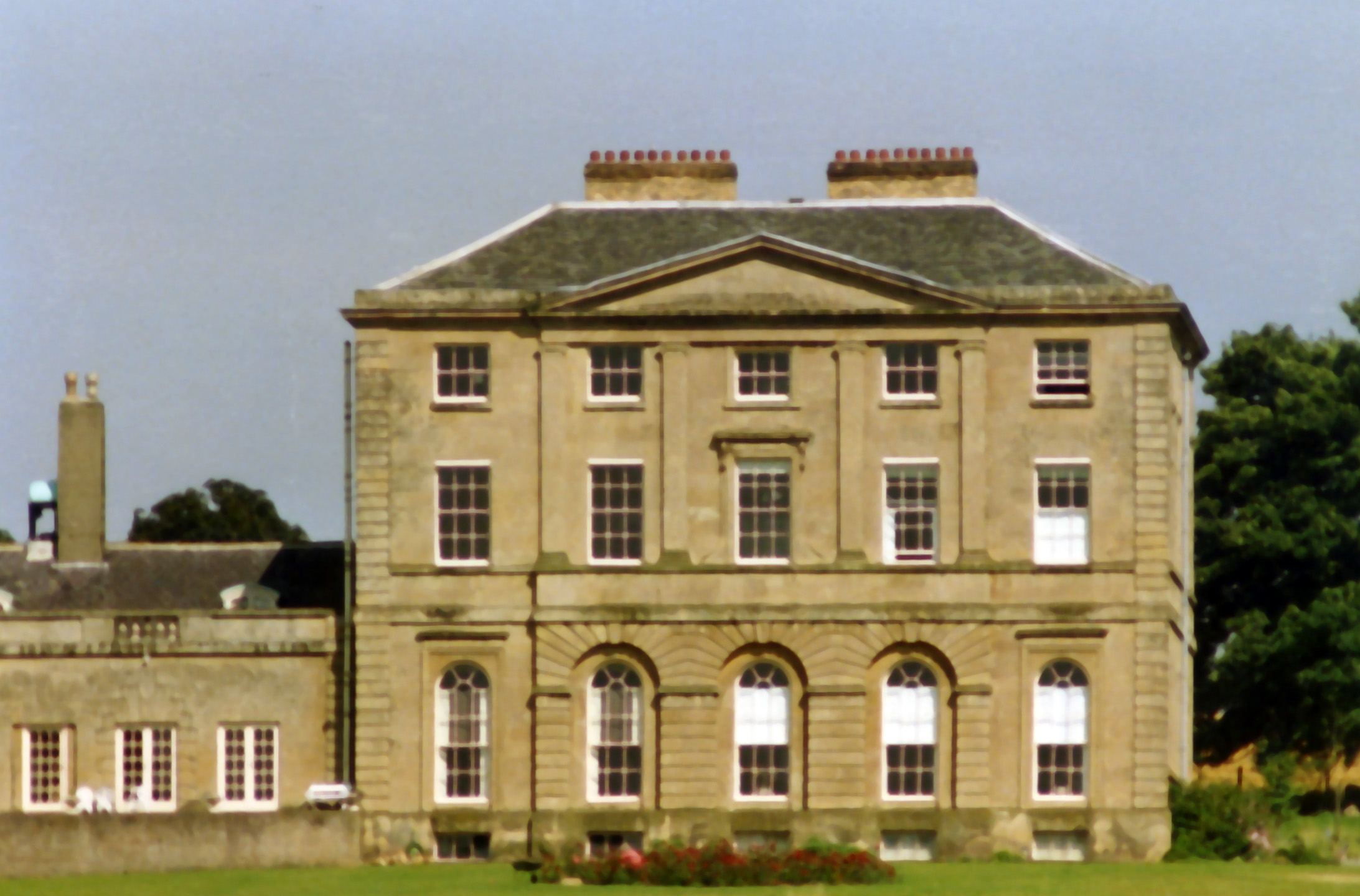Papplewick
The village of Papplewick lies seven miles north of Nottingham, with an estimated population within the parish of around 700. The Griffin’s Head pub is the local landmark, standing at the centre of the village, at the crossroads of Moor Road, Main Street and Forest Lane. Main Street retains two terraces of 18th century cottages and many of its old stone-built agricultural buildings, most now converted into housing.
Papplewick Hall was built in 1785 by Frederick Montagu, an MP and government minister. The Palladian-style mansion, visible from the road to the north of Papplewick village, is still surrounded by the remnants of the original parkland. Although it is a privately-owned residence the gardens form part of a registered parkland and are regularly opened for charity. The church, dedicated to St. James and accessed via Church Lane, was rebuilt in 1795 by the Honourable Frederick Montagu, whose fenced tomb is close to the south door. The church tower, however, dates to the 14th century and there is a very old yew tree in the churchyard.
In the 1920s the Hall and estate were bought by the Co-operative movement, which retained the farms, although land was sold off for housing and for smallholdings. Suburban development took place along Moor Road, Mansfield Road, Forest Lane and Linby Lane. The historic core of the village centre, consisting of several listed buildings, and hall grounds has been designated a Conservation Area. see www.papplewick.org
Along the Papplewick to Linby road there is a building known as Castle Mill. Standing in the parish of Linby, the building owes its name to the castle-like decoration on the front. A purpose-built, water-powered cotton mill (built in 1782), after closure in 1828 was converted to grind corn. After 1950 it became a private dwelling. Meanwhile, the mill water-system became overgrown and now forms the Moor Pond Woods nature reserve. A steam-driven pumping station was built in the 1880s to supply water to Nottingham. Although remote from the village, it is nevertheless called Papplewick Pumping Station as it lies within the parish of Papplewick. Both the ornate buildings and the wooded grounds are listed by English Heritage.

